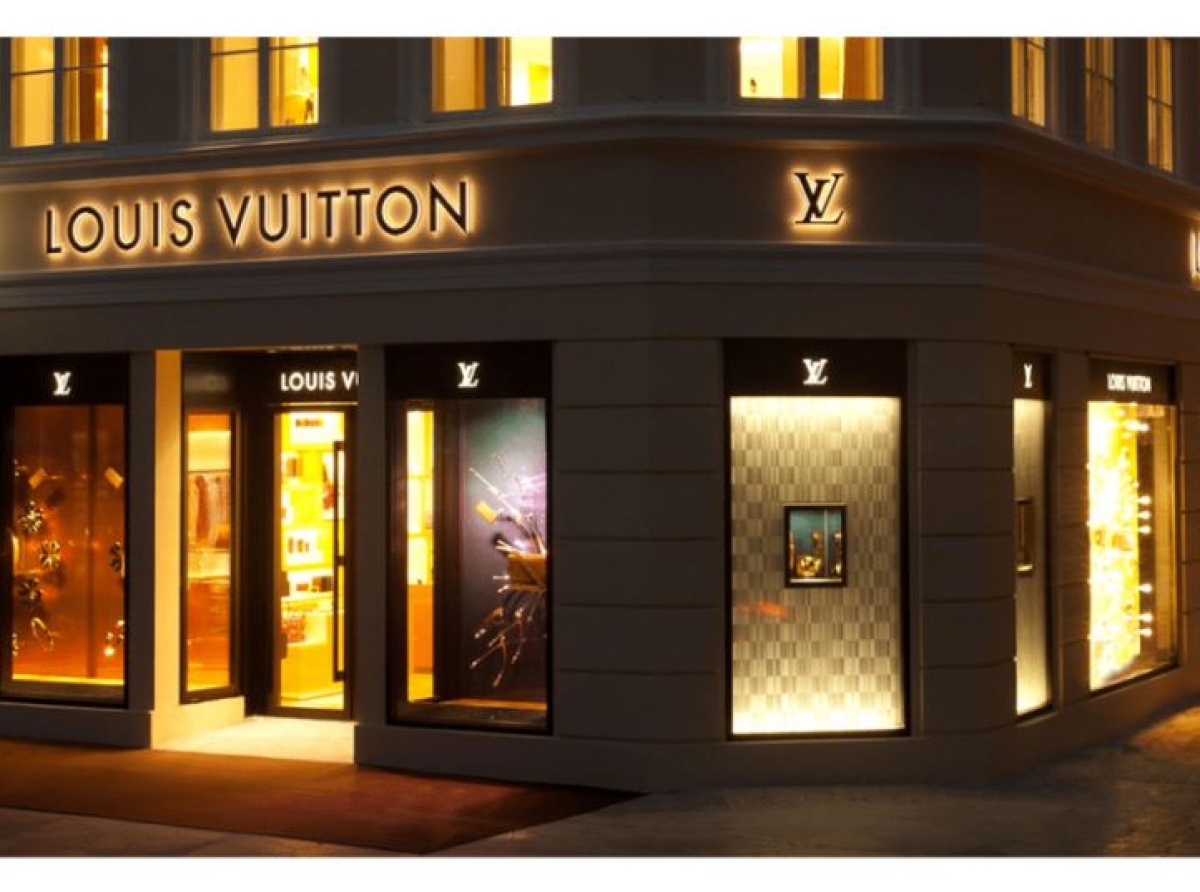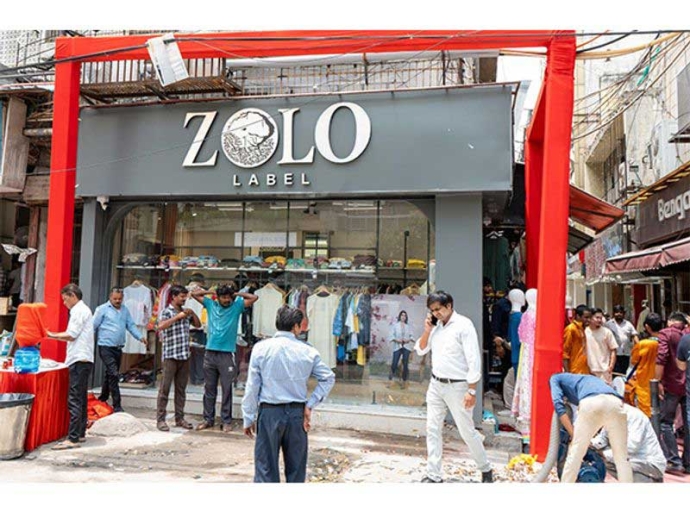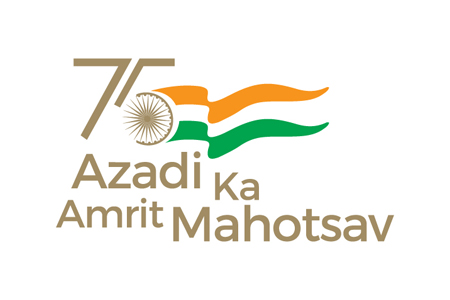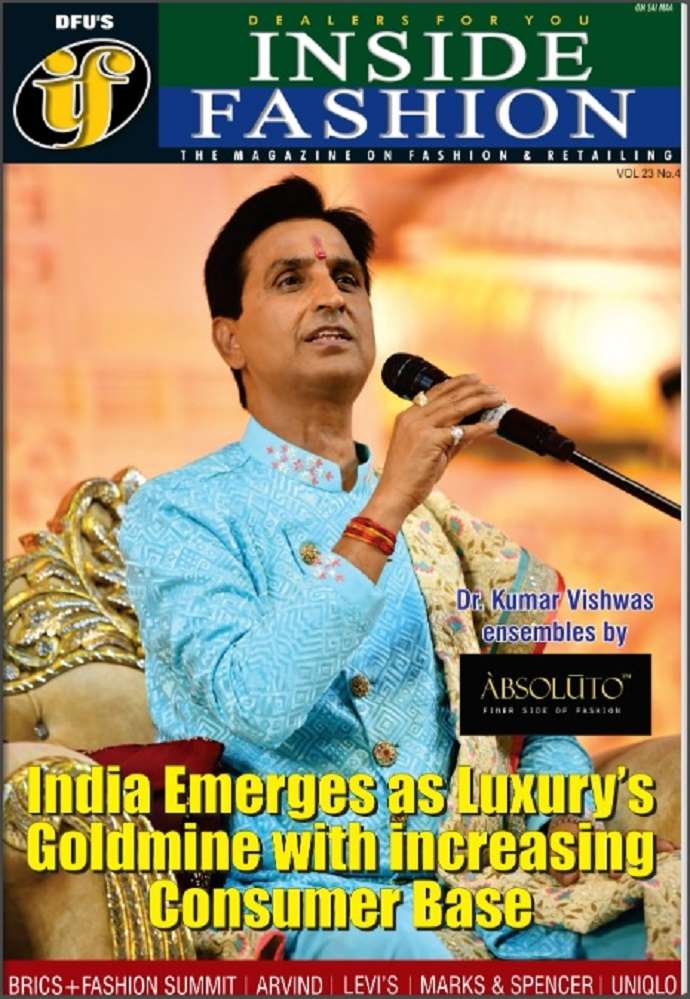Cracking the Price Code: The complexities of pricing international fashion in India

Launching an international fashion brand in India requires a meticulous approach to pricing, a factor that can make or break success in this diverse and competitive market. According to Amit Kumar, an independent fashion retail consultant, pricing is not a simple application of a conversion rate but a complex interplay of various strategic considerations.
Factors influencing pricing
Kumar highlights several factors that brands must consider to strike the right balance.
Brand's existing price position: Aligning India's pricing with the brand's global positioning is crucial. For example, M&S's initial experience in India, where they had to revise prices to align with the local market, underscores this point.
Competitive benchmarking: Analyzing global competitors' pricing in India vis-à-vis their global pricing is essential. For instance, a European denim brand must benchmark against Levi's pricing in both Europe and India.
Landed costs and sourcing: Factoring in net landed costs, including duties and freight, and optimizing India's sourcing mix are necessary to achieve healthy margins while maintaining competitive pricing.
Perceived value and product strategy: Pricing should reflect the perceived value of the product, differentiating between core and fashion items. Brands may choose to price at a premium or more aggressively to control discount dependence. Zara's strategy of sharper pricing for entry-level products in India exemplifies this.
Social media’s impact
Social media has added another layer of complexity. Consumers are now globally aware of price points and can easily compare prices across different markets, influencing their purchasing decisions.
Kumar's analysis includes a detailed comparison of men's basic entry-price T-shirts across various brands in India and their respective base markets. The data reveals a nuanced pricing strategy by international brands operating in India.
Table: Pricing strategy by international brands operating in India
|
Brand |
Country of origin |
India price |
Origin market price |
India price vs. Origin price |
|
H&M |
Sweden/Japan |
399/490 |
89.99 Krona/¥590 |
-48%, +46% |
|
GAP |
USA |
799 |
$19.95 |
-53% |
|
Levi's |
USA |
999 |
$24.50 |
-52% |
|
PUMA |
Germany |
999 |
€24.95 |
-57% |
|
Nautica |
USA |
1,299 |
$9.99 |
+52% |
|
adidas |
Germany |
1,599 |
€28.00 |
-38% |
|
SUPERDRY |
UK |
1,799 |
£20.00 |
-19% |
|
Tommy Hilfiger |
USA |
1,999 |
$34.50 |
-32% |
|
BOSS |
Germany |
9,000 |
€39.95 |
+144% |
The table reveals a clear divergence in pricing strategies among international brands in India. Notably, a key trend observed globally is the concept of ‘democratizing’ fashion in emerging economies. This refers to brands making their products more accessible to a broader consumer base by adjusting prices to suit the local economic context. It often involves lower price points compared to developed markets, enabling a larger segment of the population to access international brands.
A significant number of brands, including H&M, GAP, Levi's, Puma, adidas, Superdry, and Tommy Hilfiger follow this trend of pricing their products lower in India compared to their markets of origin, aligning with the ‘democratizing’ trend. This strategy likely aims to achieve price competitiveness and attract a larger consumer base in the price-sensitive Indian market.
Factors contributing to this may include price elasticity that is the demand for these brands might be more price-elastic in India, necessitating lower prices to drive sales volume. Intense competition from local and international brands too requires competitive pricing to gain market share. And aligning prices with the affordability levels of the target consumer segment is another factor.
Higher pricing trend and premium positioning
Conversely, brands like Nautica and BOSS adopt a higher pricing strategy in India. While seemingly contrary to widespread democratization, this can coexist within a market. This is because of brand positioning. This means, positioning these brands as premium or luxury, justifies higher prices and targeting a specific consumer segment. Also, it helps in leveraging brand equity and perceived value to command a premium. Catering to a niche segment of consumers willing to pay a higher price for exclusivity or brand image is another factor.
Interestingly, some brands adopt a variable pricing strategy. Brands like H&M (with mixed results) and others like M&S, Zara, adopt variable pricing strategies, possibly adjusting prices based on specific product categories, market conditions, or strategic objectives.
Thus pricing for international fashion brands in India is a complex feature that requires a deep understanding of local market dynamics, competitive pressures, and consumer behavior. As Kumar's analysis shows, brands are adopting diverse strategies to navigate this complex market, and social media is playing an increasingly important role in shaping consumer perceptions and purchasing decisions.
Latest Publications

































